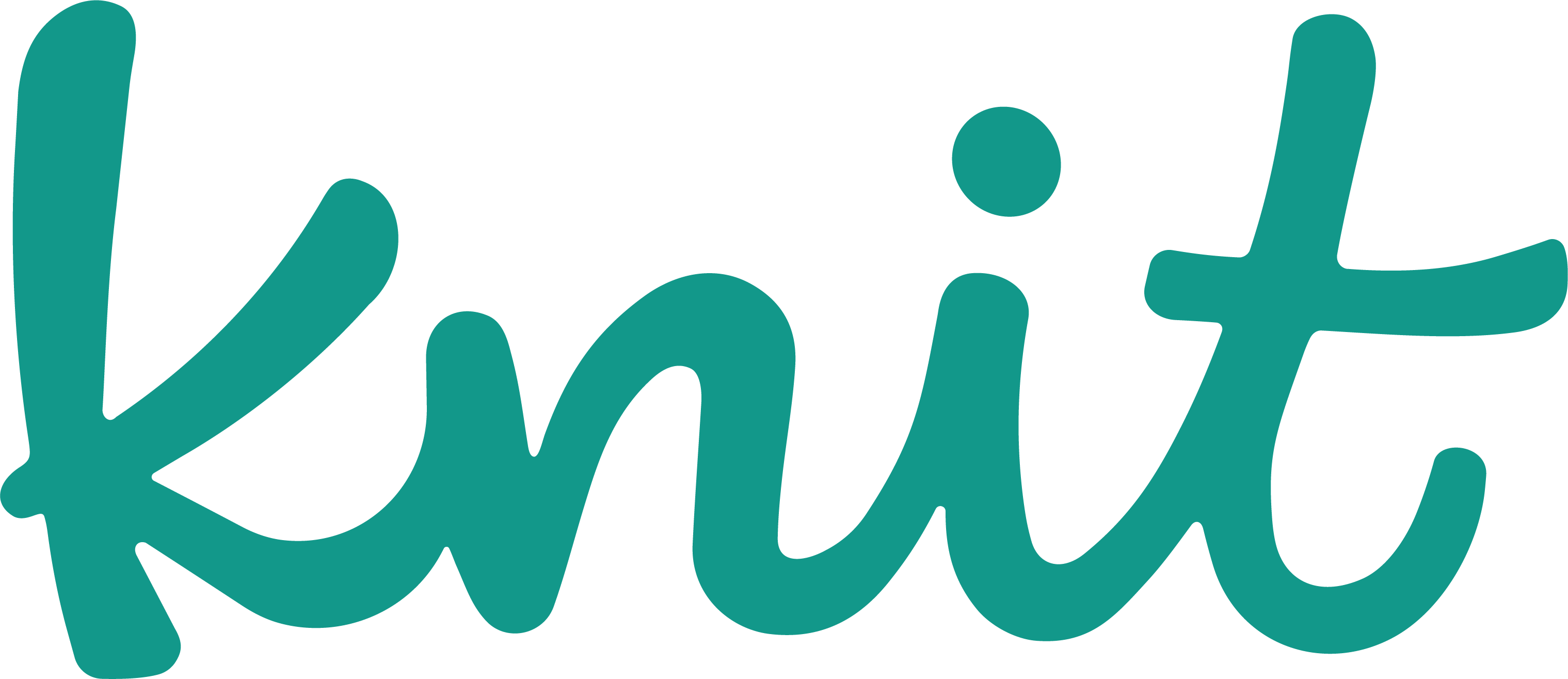
Extra, Extra: How Gen Z Checks The News
Headlines, online
Deloitte’s 2021 edition of Digital Media Trends found that Gen Z overwhelmingly uses social media to consume news, with nearly half of responders reporting they read news via social networks each day. In contrast, just 5% of Gen Z responders said they read newspapers or got their news offline.
But understanding Gen Z news consumption isn’t as simple as saying “this generation does everything online.” With multiple touchpoints, a neverending news cycle, and a new set of ideals, there’s more nuance than that when it comes to how Gen Z gets their news. For instance:
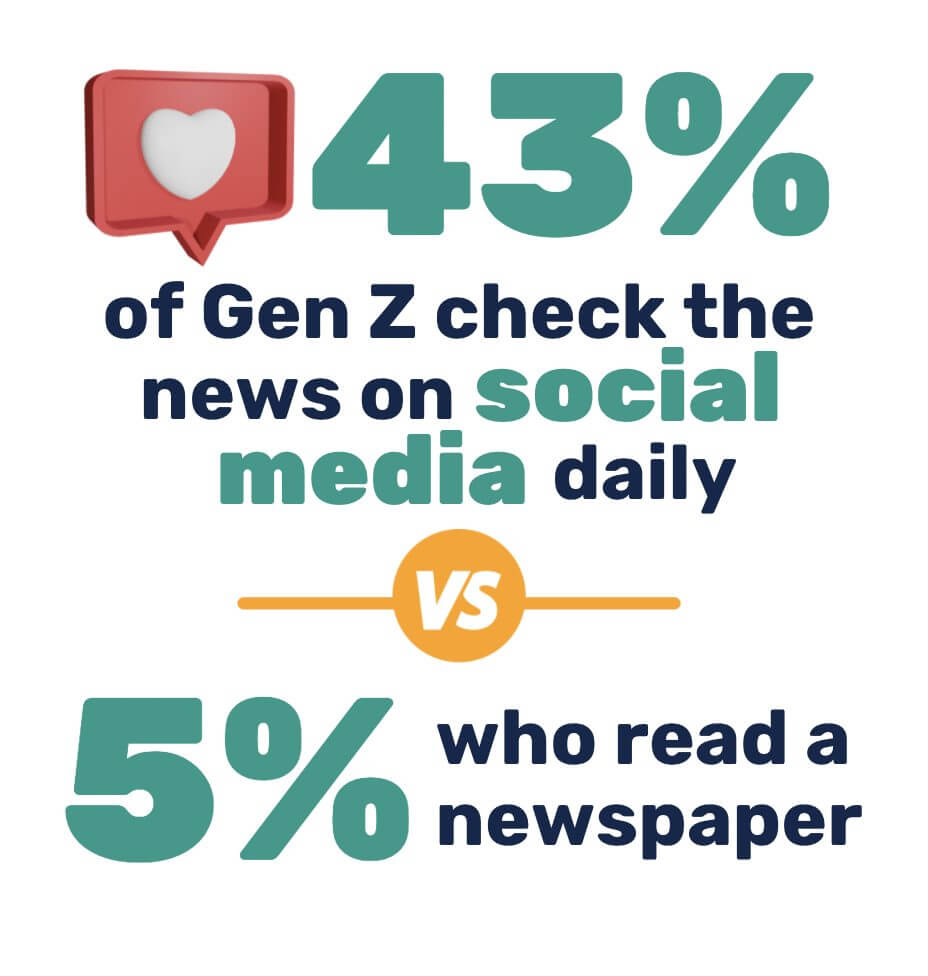
Smartphones are Gen Z’s pocket-sized morning paper
That Gen Z spends most of their time on their smartphones is hardly breaking news. 95% of Gen Z owns a smartphone, and over half are on their phones five hours or more a day. So it makes a lot of sense that mobile is the primary vehicle for Gen Z news consumption.
Recent research from Reuters puts the number at 69%, with 45% of youth news consumers encountering their first news of the day on their smartphones. That’s compared to the 19% who make the day’s first news touch via television and the 5% who crack open a laptop or wake up their desktop computer for the same purpose.
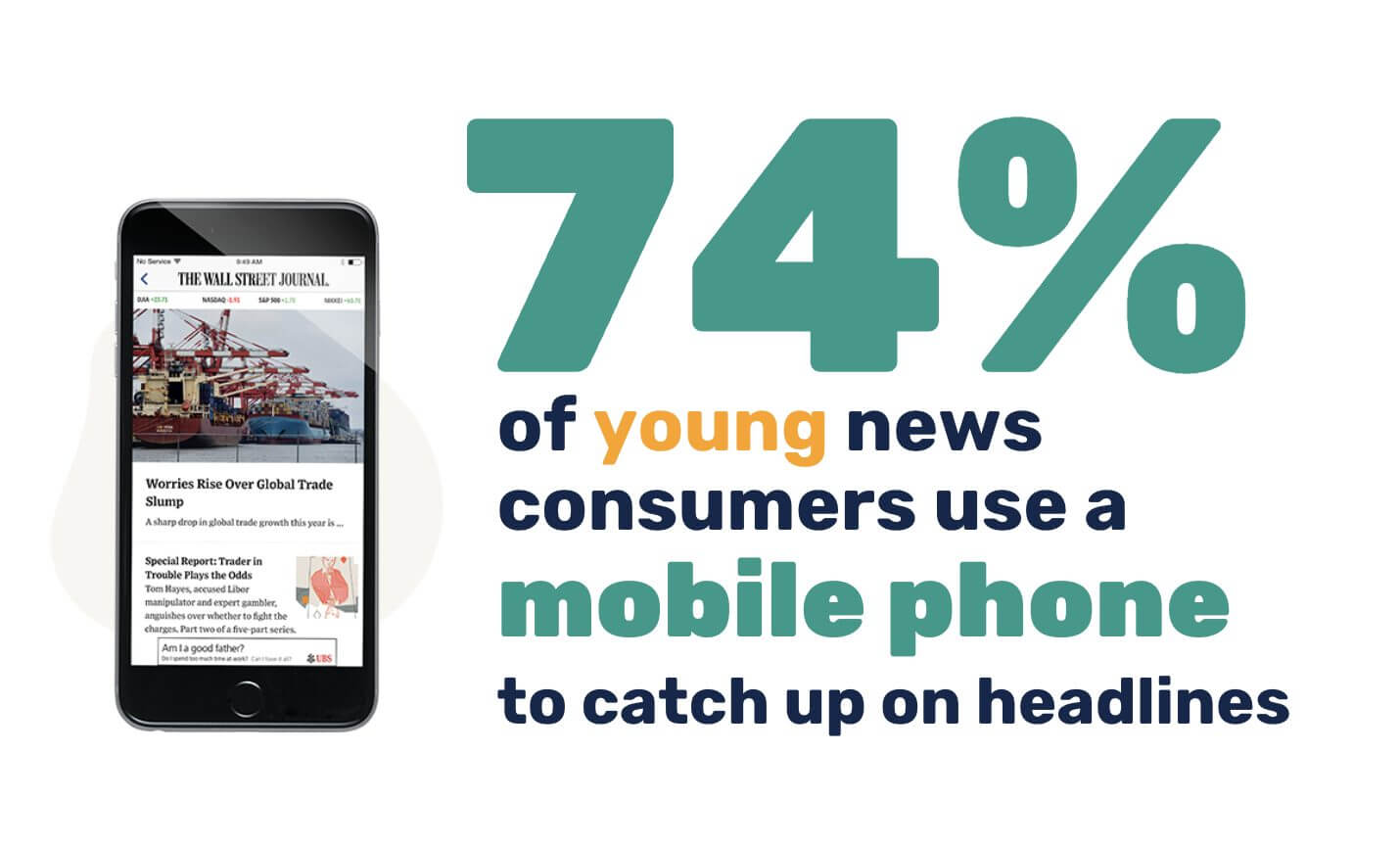
For a generation of digital natives, it’s not hard to see the appeal of mobile news delivery: they prefer to get their news on a smartphone because it’s where they’re already doing everything else. Within the space of a single morning, Gen Z can check the day’s schedule, double-tap on their friends’ latest social posts, find a breakfast recipe, fire off a work email, and yes — get caught up on the latest headlines.
For Gen Z, smartphones are a life accessory, not a gadget. If they can do practically anything with a few swipes and taps, why should reading or watching the news be fundamentally different?
Social media platforms catch Zoomers up on current events
Here’s where we start to see how Gen Z diverges from previous generations in news consumption. Because yeah, that’s a lot of cellphone use, but it’s not much more than Millennials or even Gen X. Mobile device ownership and usage is a fact of life for most Americans at this point, and print journalism started to decline around 2004, well before the bulk of birth years that categorize Gen Z, and when the oldest Zoomers were just out of Kindergarten.
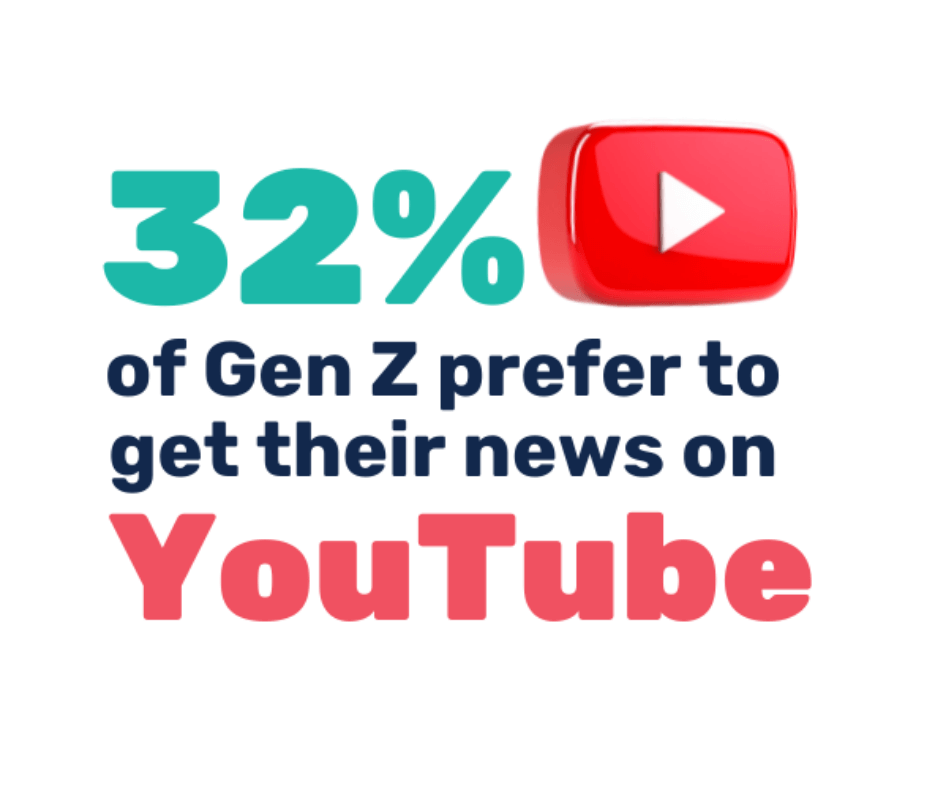
But while Millennials tend to use Facebook for news consumption, Gen Z is more tuned into apps like Instagram, Twitter, and Tiktok for their daily news updates.
This tracks with Gen Z’s tendency to eschew Facebook generally, and the contrast is particularly sharp, according to Pew’s recent research. They found that while 41% of 30-39 year olds regularly check the news on Facebook, only 23% of 18-29 year olds did the same.
Flip the coin, and you’ll find 52% of 18-29 year olds regularly checking the news on TikTok, compared to the 34% of 30-39 year-olds who do. It’s clear that Gen Z has a preference for visual mediums overall, and that extends to the way they stay current on current events.
Publications are catching on. Journalistic standbys like The Washington Post and new media brands like PopSugar and Thrillist are prioritizing “bite-sized” video content on social media platforms like Tiktok.
Knit exclusive video: Gen Z weighs in on the shift to social
Deloitte’s 2021 edition of Digital Media Trends found that Gen Z overwhelmingly uses social media to consume news, with nearly half of responders reporting they read news via social networks each day. In contrast, just 5% of Gen Z responders said they read newspapers or got their news offline.
But understanding Gen Z news consumption isn’t as simple as saying “this generation does everything online.” With multiple touchpoints, a neverending news cycle, and a new set of ideals, there’s more nuance than that when it comes to how Gen Z gets their news. For instance:
Anchor, man: traditional news outlets aren’t dead yet
Specifically, most respondents cited familiar outlets The New York Times and CNN as such anchors. That is, as long as the respondents made “early contact” with the outlets — presumably because their parents did — and that the format for consuming anchor news was — you guessed it — digital.
Gen Z is driving the evolution of news formats
The changing patterns of news consumption aren’t always as dramatic as a shift from traditional print to online sources or content that’s optimized for Gen Z’s preferred social media platforms . There are subtle shifts in preferences and attitudes towards news, but that’s natural considering the rapid pace of technological, social, and political change in today’s world.
The biggest difference between the way Gen Z and the previous generations consume news is that Gen Z is less loyal to specific news brands and more likely to seek information from different sources. Gen Z prefers their news to be easy, accessible, and entertaining, so they opt for sources like social media and online news aggregators that offer information on a broad range of topics in a short time, according to Reuters.
Call it a short attention span, the culture of busyness, or being mindful of your mental diet – consuming news like this helps Gen Z quickly scan various news posts to find what’s relevant.
They’re no longer reading each and every word of all the news stories they come across. Instead, Gen Z wants what’s directly influential to their own life. A lot of times, you don’t need the finer details of what happened in every incident, and a quick “skim” read can be more than enough, especially for Gen Z-ers on the go.
Want to learn more about how Gen Z finds, consumes, and interacts with all the news that’s fit to print? We can help you make sure you won’t be scooped by competitors with the nation’s largest Gen Z panel. Ready to get started? Get in touch when you hit the button below:
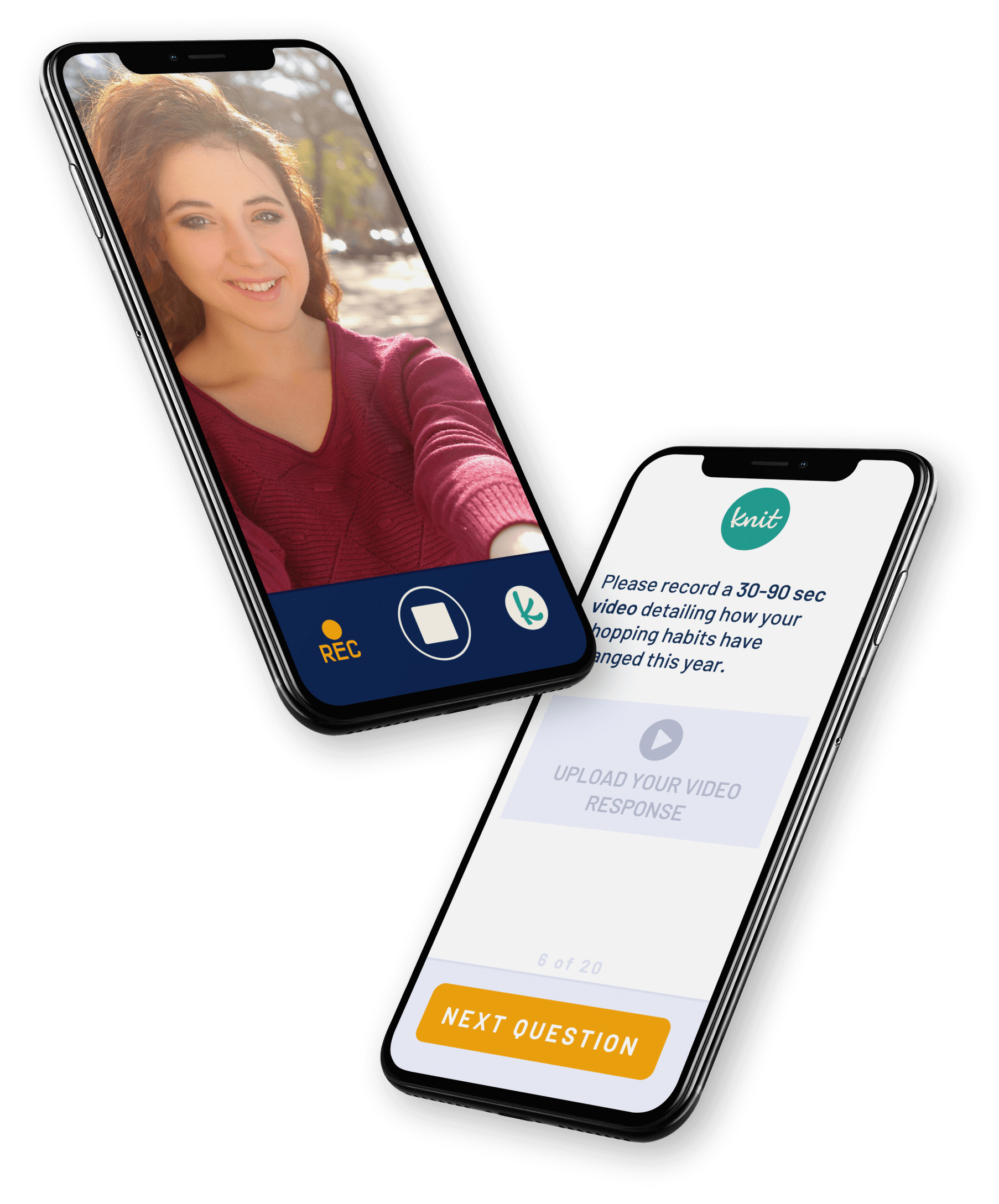
Subscribe for industry insights delivered weekly.
Get all the Knit News you need with access to our free newsletter to stay a step ahead on the latest trends driving the industries of tomorrow.
